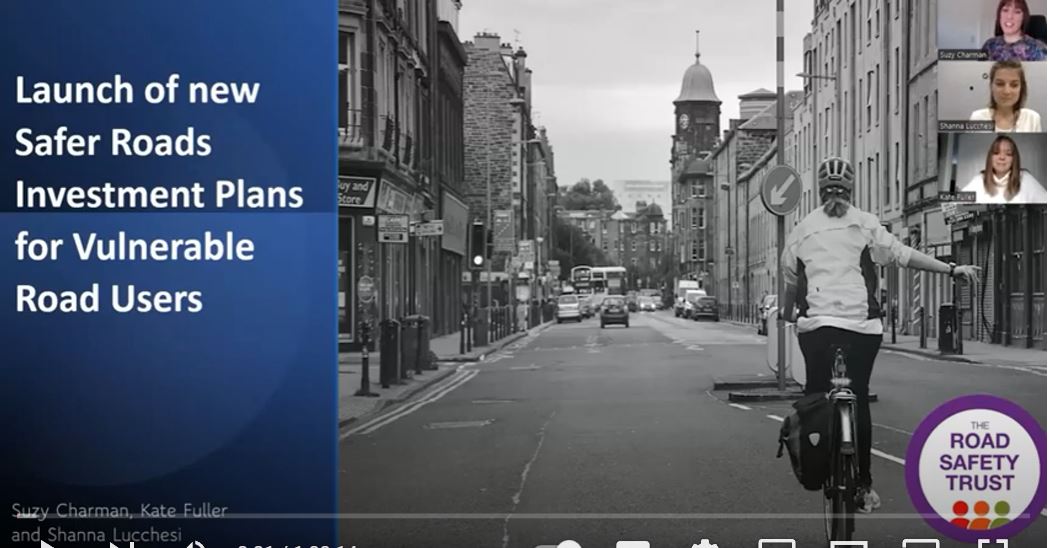Last week, over 70 people from around the world attended the Demonstration of Urban Investment Plans webinar – the majority of attendees were from the UK however there was also representation from Japan, Thailand, Zambia, USA, Bolivia, Denmark, Georgia, Uganda and Ireland.
Knowledge from across the globe has been brought together in a three-year project managed by the Road Safety Foundation and supported by a grant from the Road Safety Trust. Findings are being incorporated into the iRAP tools as an extra set of countermeasures – Urban Investment Plans. It helps road authorities to understand how risk changes along an individual road section or across a network, based on the safety performance of the infrastructure itself.
The new urban countermeasures are now available in ViDA and after watching the webinar below, you will be able to see how you can turn the countermeasures on for your own urban projects.
The Urban Investment Plans are a fantastic example of a local innovation that’s been piloted in the UK building on the iRAP Star Rating Methodology to meet a local need.
Through iRAP’s Innovation Framework, it is one of several exciting initiatives underway globally that are made safer by iRAP and will help countries accelerate towards the global target of halving road death and injury by 2030. Following its successful local pilot, global testing of the tool is anticipated next year.
About the project:
There has been a considerable shift in recent years which recognises the shortfalls of traditional car-centric road designs in urban areas. Some major cities across the world have fundamentally changed their approach to designing and managing their urban road networks, which prioritises safety and mobility for pedestrians and cyclists. Changes to road user groups themselves, such as increased cycling and micro-mobility, are also prompting cities to look for ways to provide safer urban road environments for all road users.
As a result of this shift, there is now an emerging body of knowledge which captures the safety outcomes of the innovative treatments of these new approaches to urban road design. Much of it has already been documented in road safety manuals and guides such as the National Association of City Transportation Officials’ Global Designing Cities Initiative’s (NACTO-GDCI) Global Street Design Guide, the World Resource Institute’s Safer Streets by Design and other road safety manuals.
The iRAP tools provide various outputs that are useful when reviewing the safety of a road network. The Star Ratings and fatal and serious injury estimation functionality allows authorities to gain an understanding of how risk changes along an individual road section or across a network, based on the safety performance of the infrastructure itself.
There is an opportunity to build on this progress and capture the latest innovative treatments for vulnerable road users (VRUs) that can be immediately deployed through the well-established activities of the Road Safety Foundation (RSF) in the UK, EuroRAP across Europe, and iRAP with its global programme reaching over 100 countries. Importantly, this work closely links to the UN Member State Global Road Safety Performance Targets which will inform and influence road safety policy and practice in the UK and internationally.
The objective of this project was to improve the Safer Roads Investment Plans (SRIPs) generated by the iRAP approach, to ensure the latest thinking and innovation for safety measures for vulnerable road users (VRUs)—pedestrians, bicyclists, and motorcyclists—in urban environments are fully embedded thus allowing road authorities to better make the case for investment to prevent VRU fatal and serious injuries.


















